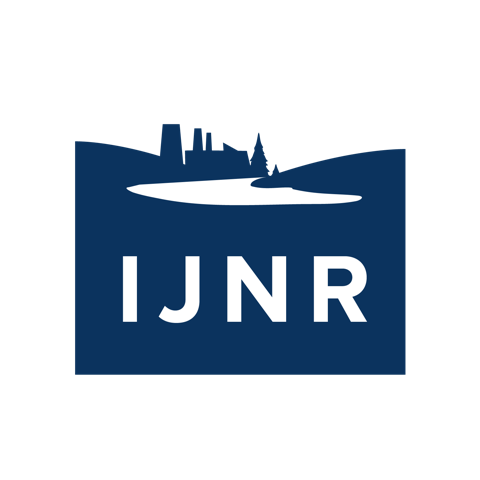Western Wildfire
Institute
May 5-11, 2024
Oregon
In September 2023, the Biden administration released a highly anticipated report full of policy recommendations designed to improve mitigation, suppression and management of wildland fires in the United States. Now, policymakers, scientists, resource managers and Indigenous stewards of fire-adapted landscapes are exploring how these recommendations can be useful – even as they are overrun by wildfire seasons that start earlier, last longer and cause more damage than ever before.
In Oregon, wildfire has added yet another dimension to the discussion. The Labor Day fires of 2020 burned large swaths of temperate rainforest – the lush, wet landscape that long seemed resistant to major wildfire concerns. Faced with this new reality, Oregon policymakers, foresters, Tribes, scientists and concerned citizens are rethinking how fire is fought, prevented and – in some cases – used to achieve better outcomes, while bigger, hotter fires keep coming.
The Institute for Journalism & Natural Resources conducted a weeklong Institute to prepare journalists to cover this intensifying issue with a deeper understanding of its complexities and nuances. The group spent time on both sides of the Cascade Mountains in Oregon to learn about:
The impacts of fire on forest and aquatic ecosystems
Efforts to map Oregon's wildfire risk and understand development in fire-prone areas
Public health and smoke exposure
The financial and social costs of extreme fires and their aftermath
Firefighter well-being and safety
Cultural burning on Indigenous lands
This institute made possible by the support of the Wilburforce Foundation, the Gordon & Betty Moore Foundation, and the Society of Environmental Journalists.
